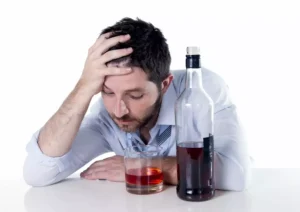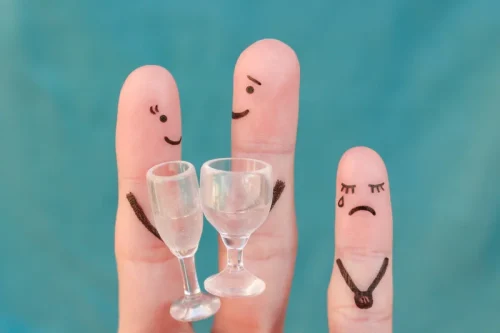
Such policies can be alcohol specific, driving specific, or alcohol-impaired driving specific, and they can affect any point of intervention illustrated in the committee’s conceptual framework (see Figure 1-5) (e.g., alcohol consumption, drinking to impairment, and driving while impaired). Additionally, significant growth of suburban areas in recent years has contributed to several changes in the physical driving environment. A possible explanation is that as residents of suburban areas are more dependent on automobiles to travel, more driving is necessary for suburban residents.
BAC of 0.05

Baseline estimates presented at a conference last month blame alcohol for over a third of esophageal cancers (mostly squamous cell carcinoma) and oral cavity and pharynx cancers, and a quarter of liver cancer cases. Nearly 20% of laryngeal cancers, 15% of colorectal cancers, what are the consequences of drinking and driving and over 7% of both breast and pancreatic cancers were pinned on drinking. It’s estimated 11% of the U.S. population has a diagnosable alcohol use disorder. Overall, about 1 in 5 people who start drinking will develop an alcohol use disorder at some point in their lives.

The effects of alcohol impairment on driving skills
In 2016, over one million drivers were arrested for driving under the influence (DUI). You may experience some loss of judgement after just two drinks, while significant impaired judgment occurs at a BAC of .08%. You may also experience a decline in your self-control and reasoning at this level of intoxication. After approximately four alcoholic drinks, one’s balance, vision and reaction time are often affected. In 2022, the highest percentage of drunk drivers (with BACs of .08 g/dL or higher) were the 21-to 24-year-old age group. Men are most likely to be involved in this type of crash, with four male drunk drivers for every female drunk driver.
- In 2014, passengers riding with a driver who had a BAC of 0.08 or higher made up 15 percent of all fatalities caused by alcohol-related crashes, while occupants of other vehicles and pedestrians/bicyclists composed 20 percent of drunk driving deaths.
- Even at low blood-alcohol levels, drivers experience problems with concentration, coordination and identification of risks in the road environment.
- In 2022, the highest percentage of drunk drivers (with BACs of .08 g/dL or higher) were the 21-to 24-year-old age group.
- When you drive, your hands, eyes and feet control the vehicle, and your brain controls your hands, eyes and feet.
- Data from the 2005–2011 Monitoring the Future study also show that about one-fifth of high school seniors binge drink, and intensity of binge drinking is higher for students in rural areas (Patrick et al., 2013).
The impact of mental states on semi-autonomous driving takeover performance: a systematic review
If you’ve ever driven after drinking in the past, you have a road map to examine all the decisions you made along the way that led to you getting behind the wheel. Researchers have identified seven possible decision points that can lead to drinking https://ecosoberhouse.com/article/who-sober-alcoholics-are-and-what-it-means-to-be-sober/ and driving (4). The study on Montana young adults also points to how the culture of drinking in one’s family can play a role in someone’s decision to drink and drive. Remember, many accidents occur when a driver has a BAC below the legal limit.
Is Driving Drunk Ever Safe?
Without crucial coordination skills, you may be unable to avoid an impending harmful situation. Some telltale signs of reduced coordination include trouble walking, swaying and inability to stand straight. Too much alcohol can even make it difficult to get in your car and find its ignition. When you drink, try to have a meal or snack before having a cocktail or have a glass of wine with a meal, which will slow absorption of alcohol, Weaver says. And be sure to drink plenty of water or another non-alcoholic beverage—perhaps alternating these with alcoholic drinks—to help you stay hydrated. More recent research by the Canadian Institute for Substance Use Research suggests that in 2022, alcohol was to blame for 9,500 cancer cases and 3,800 cancer deaths in Canada.
- The FARS collection of data on distracted driving has several gaps and weaknesses; see Chapter 6 for a detailed discussion of these limitations.
- FARS estimates show that drivers ages 21 to 34 made up 55 percent of drivers with BAC levels of 0.08% or higher who were involved in fatal crashes in 2015 (NCSA, 2016a).
- Driving under the influence of alcohol, such as drunk driving, constitutes a global public health crisis.
- Significant decreases in alcohol prices have resulted in large part from decreases in federal and state tax rates, particularly in the 1960s and 1970s (see Chapter 3 for more information on alcohol pricing and taxation) (Kerr et al., 2013a).
- Drivers with BACs of .08 g/dL or higher involved in fatal crashes were 4 times more likely to have prior convictions for driving while impaired than were drivers with no alcohol (6% and 2%, respectively).
